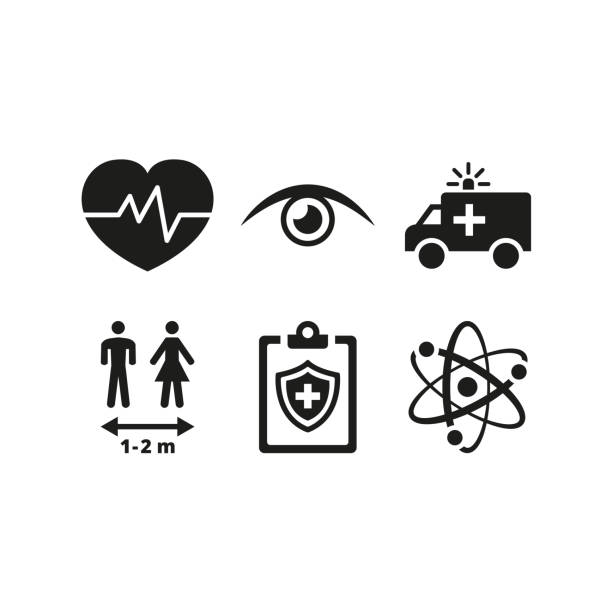
The two types of coverage
Keep in mind that there are two types of vision care: one that takes care of your daily vision, primarily glasses or contact lenses, and the other that treats eye diseases and eye injuries.
Health insurance
Your regular health insurance will cover the cost of diagnosing and treating an eye injury or illness that requires a doctor’s help—just like a broken bone or heart disease—although copays and standard deductibles.
Health insurance does not cover the cost of eyeglasses, contact lenses, or other expenses related to daily vision support. But there is undefined ground. Although it typically doesn’t cover a simple refractive exam (used to determine eyeglass prescriptions), the entire visit may be billed if your ophthalmologist diagnoses you with a medical problem, such as glaucoma or cataracts under insurance, he says. Josh Ehrlich, MD, Associate Professor of Ophthalmology and Vision Sciences at the University of Michigan in Ann Arbor. (Check with your doctor for specific office policies.)
That creates a minor problem since the exams are not covered unless you are diagnosed with an illness. But the best way to diagnose it is by examination.
Vision insurance
It pays for services like routine eye exams, plus a high percentage of the cost of glasses or contacts. Upgrades like anti-reflective coating on the lenses and transition glasses aren’t usually covered, but read the fine print to see if any cost will.
Many people get affordable vision insurance through their employer: You pay a couple of dollars a month, as an addition to your current health benefits, and your employer pays the rest, explains Danielle Kunkle Roberts, co-founder of the Boomer Benefits insurance agency.
Even if you’re one of the lucky ones whose eyesight is still healthy, it’s a good idea to take advantage of your employer-provided vision plan because you’ll likely need vision correction shortly.
“We did a study of adults 65 and older, and we found that 92% wore glasses to correct distance or near vision,” says Josh Ehrlich, a Michigan professor. He co-authored the study published in 2018 in the medical journal JAMA Ophthalmology. Dr. Charlotte Yeh, medical director of AARP Services, recommends that everyone over 50 have a comprehensive annual dilated eye exam.
Find Independent Coverage
If you don’t have access to vision insurance provided by your employer, you can purchase a plan from a private insurer. But that requires a good price comparison strategy.
Discount plans
Pay a monthly fee to access comprehensive eye exams and discounted glasses at a select network of doctors and vision centers. “This is a great option if you’re looking to get a little help with the cost of routine vision services,” says Kunkle Roberts. Check memberships you already have: AARP Vision Discounts provided by EyeMed, AAA, and merchants like Costco may offer cost savings.
Vision benefit packages
These plans work much like traditional insurance coverage. You pay a fixed amount and a copay for the exam, glasses, and contact lenses. Look for these packages through an insurance agent, buy them online, or contact your state insurance department for information. You may also be able to add an eyemed insurance policy to your dental insurance plan.
“All networks have significant options for consumers, from independent optometrists to stores like LensCrafters or For Eyes, and even Costco, Sam’s Club, and Walmart,” says Roberts. But in the end, it may be better to save the money you’d spend on insurance and put it toward the cost of your glasses. He calls up a few vision centers and asks them these questions: How much would a comprehensive eye exam cost if I pay cash? What is the cost of contact lenses, eyeglasses, and upgrades like an anti-reflective coating? Is there a discount for paying in cash? It might surprise you how much prices can vary. He then compares that to what you’d pay for a vision plan and decides with those elements in mind.
What happens if you don’t have insurance?
Even if you don’t have insurance through Medicare, your employer, or the marketplace, you should try getting a baseline eye exam.
EyeCare America’s Glaucoma Program is an option for people who do not have insurance and are at higher risk for glaucoma. Such people receive a free screening for glaucoma (which often has no symptoms). Adults 65 and older are eligible for a free medical eye exam under EyeCare America’s Seniors Program. Those diagnosed with eye disease will receive up to a year of follow-up care.






